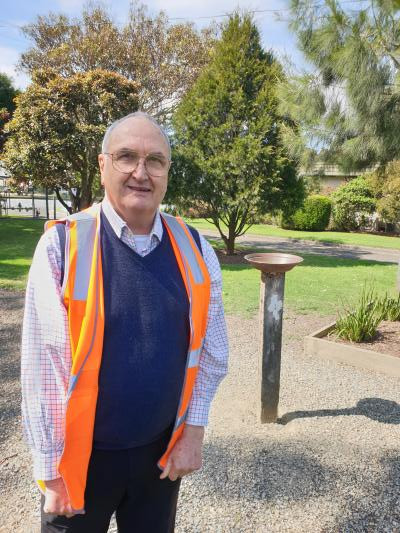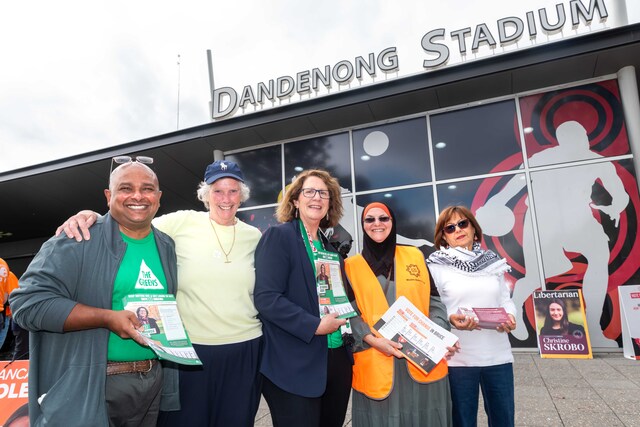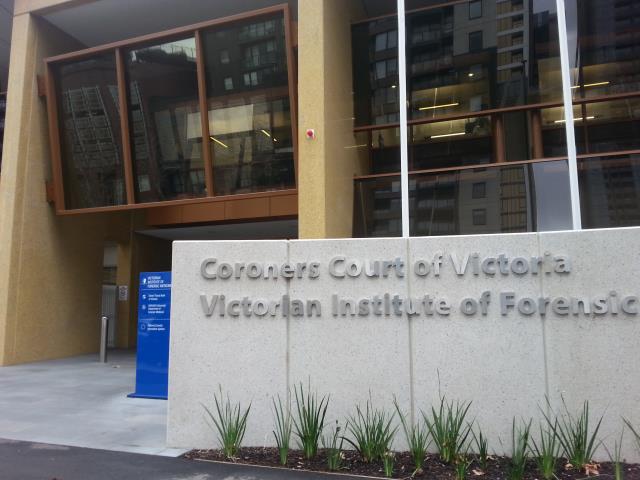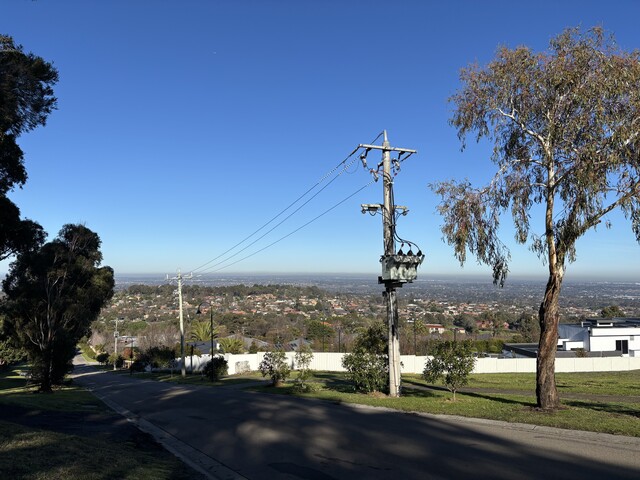Protestors flooded Casey City Council’s question time at the meeting of administrators on Tuesday 20 October, submitting 83 questions on the proposed $50 million gallery development in the green wedge at Harkaway – which is to house an internationally significant art collection reportedly worth more than $500 million.
There were so many questions that chief administraor Noelene Duff said the meeting would not be able to deal with them individually in the time available. Instead, the letters were grouped under 12 “themes“, which were addressed by Ms Duff in detail.
The questions related to an officers’ report before Casey administrators recommending support for the massive gallery project.
Plans by proponent and art collection owner Lindsay Hogg involve the gallery, a 140-seat restaurant, a function centre, residences and provision for 24-hour security.
The proposal hopes to provide a nationally and internationally significant attraction, generate about 300 jobs, including almost 150 during the building stages and an equivalent number associated directly or indirectly with the operation of the gallery, restaurant and landscaped grounds.
A planning review process is underway as, under current green wedge rules, the gallery’s associated 140-seat restaurant is not a permitted use for the eight-hectare site owned by Mr Hogg, on King Road.
The meeting heard that because of the significance of the plan to the state, Casey City had been bypassed on the decision, but was still permitted to make a submission as part of a six-week public consultation process.
All three administrators indicated their strong support for the plan.
Administrator Cameron Boardman moved that the administrators back the officers’ submission, but amended the motion to ask that Harkaway residents’ key concerns were specifically addressed in assessing the application.
The submission will go to a special panel advising State Planning Minister Richard Wynne, who will ultimately decide on a site-specific amendment to the Casey planning scheme.
In backing the submission, Mr Boardman said he commended Harkaway residents for the thoroughness of their consideration of the issues, shown in their questions to the council, and assured them their concerns would be addressed by the minister’s special planning panel.
He said that for any proposal of significance, it “must be supported“ for the benefit of Casey as a whole – but “through the lens“ of impacts to the local community.
There was a balancing of interests that needed to be dealt with, he indicated.
“It’s not often you get a proposal like this,“ he said, while also emphasising that Casey Council was not the responsible authority which would make the final decision.
But, he indicated, the benefits were clear.
There would be 146 construction jobs and 149 ongoing jobs from the project, which would bring national and international visitors to the region.
“This too great a gift to Casey, we cannot affort to refuse it,“ he said.
While in support, he also acknowledged the “legitimate and sound concerns“ of the local community.
But, he said, the public planning process underway would allow any member of the public to attend deliberations and “interrogate“ the claims of the proponent.
Casey’s 11-page submission to the Planning Minister is based around four key points:
· The range of economic and cultural benefits to Casey.
· Gaining an assurance that at least $500 million in artworks be publicly displayed at least 40 weeks per year.
· Asking for the widening and sealing of Kings Road to allow the expected visitor numbers.
· An expectation the developer will pay for the roadworks and other associated works.
The gallery’s future is being vehemently opposed by a number of Harkaway residents, who claim the gallery is the thin end of a development wedge that will ruin the quiet rural setting and significantly erode principles underpinning the state’s green wedges.
The meeting heard that any change to the Casey planning scheme would not change the green wedge zoning, but would instead involve an exemption and site-specific set of controls.








